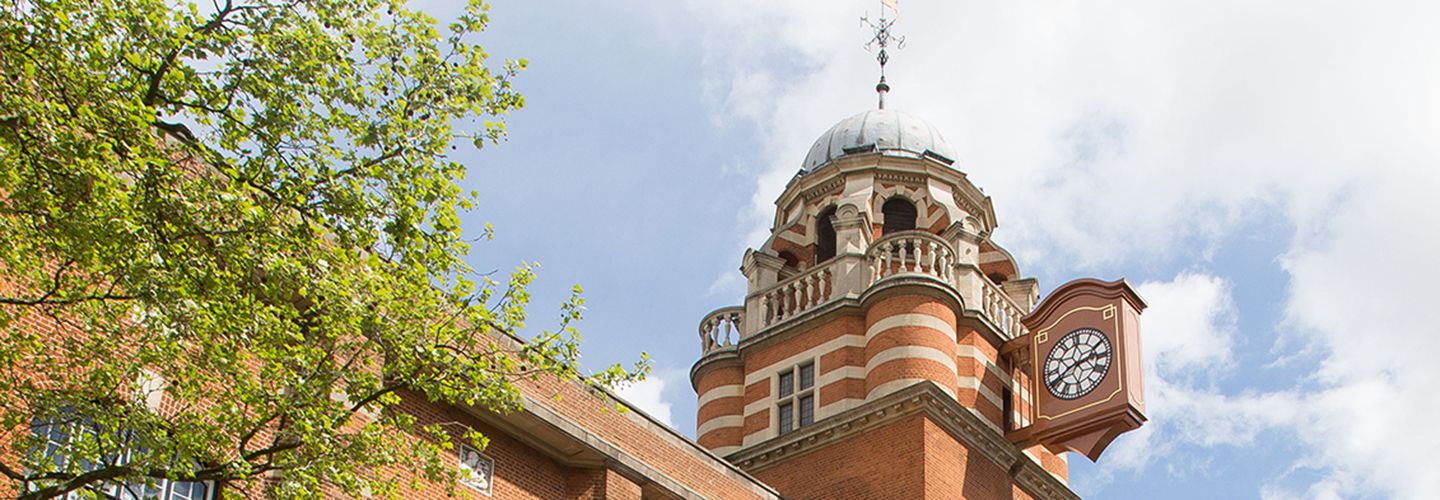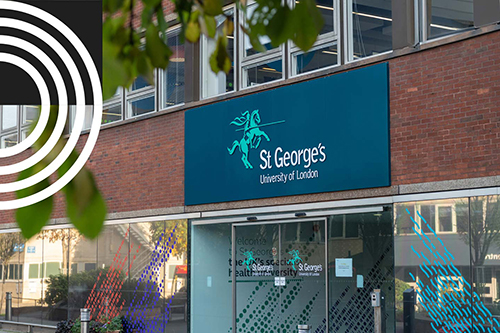Combined institution is one of the largest higher education destinations for London students.
By City Press Office (City Press Office), Published
City, University of London has formally merged with St George’s, University of London, creating a powerful multi-faculty institution with a distinctive focus on professional education and research at the frontier of practice.
The combined university is now one of the most significant suppliers of the health workforce in the capital, as well as one of the largest higher education destinations for London students.
Led by Professor Sir Anthony Finkelstein, the merged institution is called City St George’s, University of London and will begin operating from 1 August 2024 – although full integration is expected to take longer.
St George’s educates doctors, paramedics, physician associates, biomedical scientists, radiotherapists, radiographers, physiotherapists and occupational therapists. This complements City’s health offering which includes nursing, midwifery, speech and language therapy, optometry, counselling, radiography, and psychology. One of very few institutions offering this breadth of expertise, the combined institution will constitute a ‘health powerhouse’ for students, researchers and the NHS.
St George’s is deeply embedded in London’s largest hospital with a network of NHS partners and reach into a very large population with important health needs.
By combining St George’s world-leading specialism in health and medicine with City’s excellence in a breadth of disciplines including health, business, law, creativity, communications, policy and global affairs, science and technology, the merger creates opportunities to generate significant change in the world of healthcare through interdisciplinary working. This includes changes to treatment, population health monitoring, workforce development and leadership, policy, and advocacy.
Professor Sir Anthony Finkelstein, President, City St George’s, University of London, said:
“City St George’s is uniquely positioned to influence population health outcomes and shape the strategic health workforce at a national and global level through integrated professional education and translation-oriented research programmes with interdisciplinary opportunities.
“While full integration – including combined branding – will take some time, we are looking forward to working together as one institution across our campuses in Clerkenwell, Moorgate and Tooting.
“I am looking forward to leading City St George’s and to working with the remarkable and talented staff, students, and alumni of our combined institution.”
Professor Ian Jacobs, Chair, City St George’s Council, said:
“The merger of two outstanding universities, each with a rich history, to create City St George’s will bring benefits to our students, our staff and the HE sector in the UK.
“The merger is timely given the pressures faced by our universities and the NHS. It will create exciting opportunities, through linking existing strengths in medicine and health to expertise across the academic spectrum from business, law, science and engineering, to policy, communication and the arts. These interactions will generate educational and research benefits, as well as advantages of scale, which will enable City St George’s to have a major impact on society, not least in healthcare.
“My congratulations to everyone involved in making this visionary merger happen. I look forward to working with the City St George’s community and our partners to ensure that the full potential of the new university is realised.”



